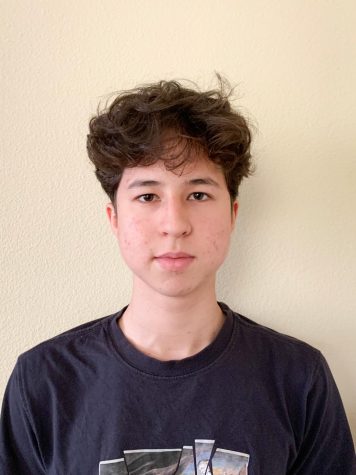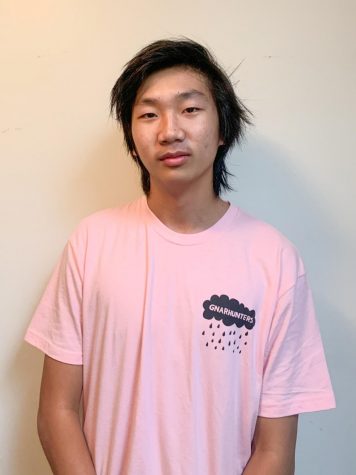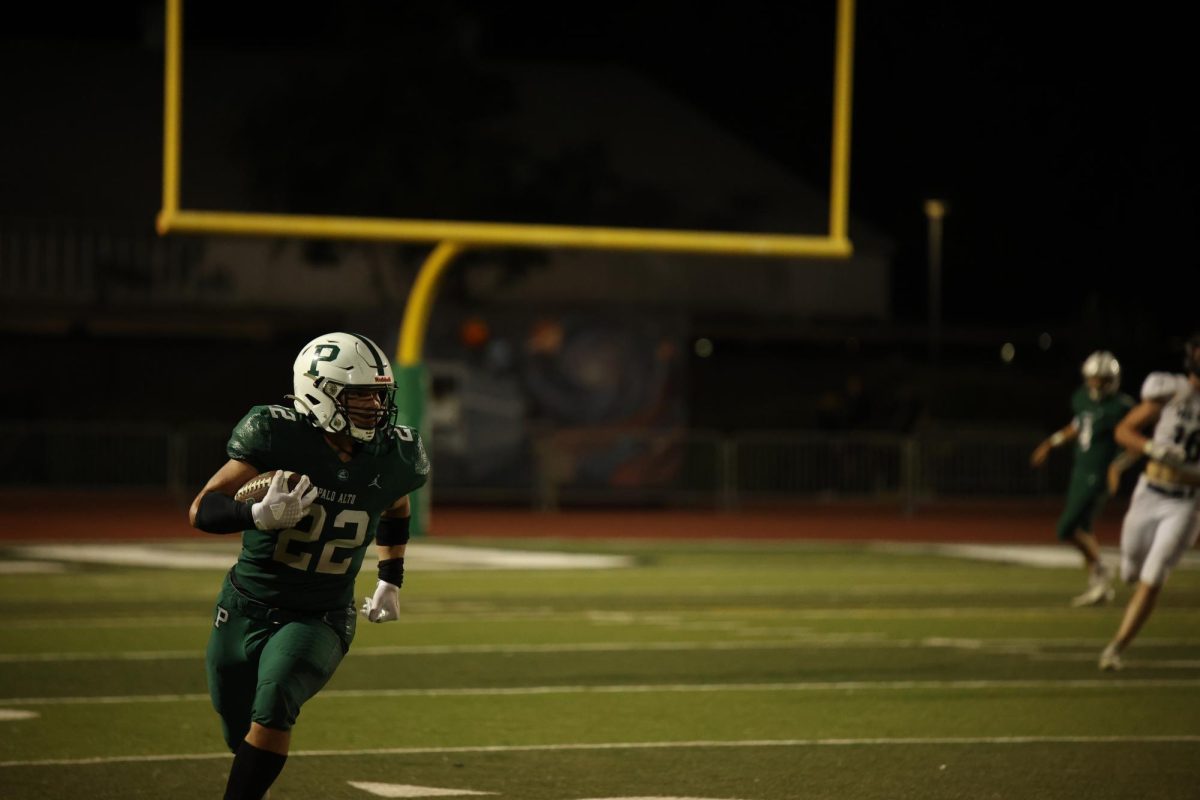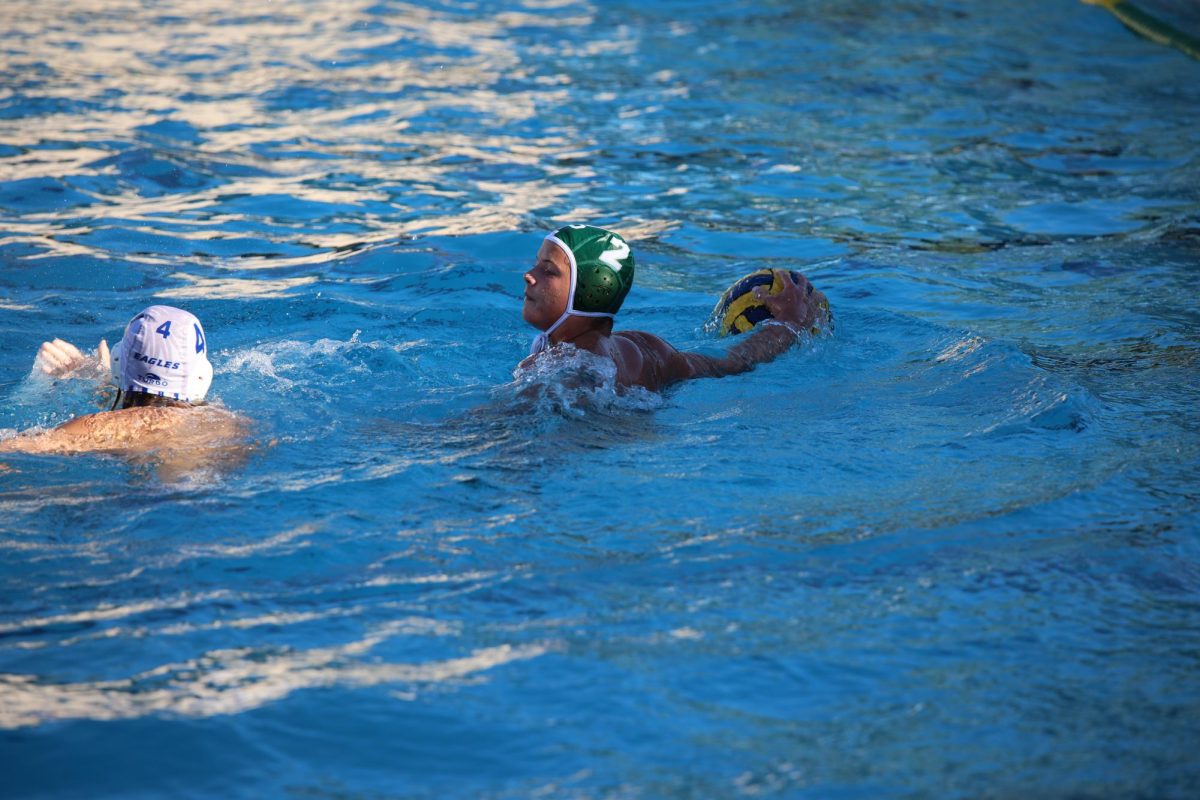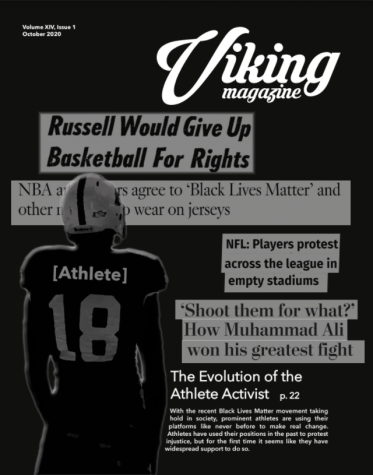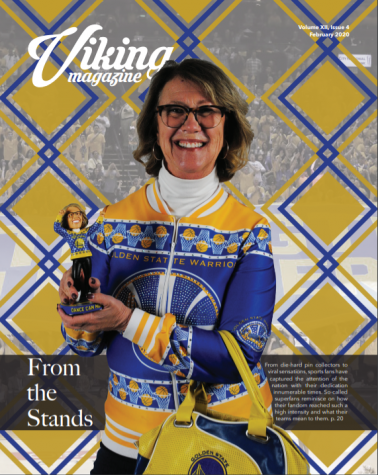The Ewing Theory
The Ewing Theory represents some of the most unlikely and entertaining moments in sports. It has occurred in baseball, basketball, and football with no clear correlation – is there any way we can explain why or how it happens?
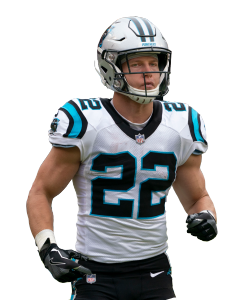
December 4, 2020
When the star player of a team goes down with a serious injury, fans are often quick to write off the team’s chances of being successful for the rest of the season. In most cases, their skepticism is validated and the team performs much worse in the absence of their superstar.
However, there have been rare instances where a team inexplicably plays better without their franchise player. Puzzling fans around the world, this phenomenon was given a fitting name by Dave Cirili following his observation of the New York Knicks, who elevated their play following the injury of their superstar player Patrick Ewing. “The Ewing Theory,” as he called it, has impacted numerous teams from different sports since its inception in the mid 1990s.
An example of a team that had a run in with the Ewing Theory were the 2019 Washington Nationals, who miraculously beat the Houston Astros in the World Series, the season after losing their franchise player, Bryce Harper to free agency. Not only was Harper never able to bring a world series trophy back to Washington during his tenure, he wasn’t even able to win a playoff series, losing four times in the NLDS (National League Division Series).
Nobody really knows as to why the Nationals were able to pull off the improbable win, but unknown players at the time, like 22-year old Juan Soto stepped up to the plate and literally knocked it out of the park, helping the Nationals get their first World Series title.
Interestingly enough, the New York Knicks experienced another stint of the Ewing Theory with Paly alumni, Jeremy Lin. Lin was signed to the New York Knicks in 2011 but he didn’t see much playing time until key players Carmelo Anthony and Amar’e Stoudemire went down with groin and knee injuries, respectively. Out of nowhere, Lin and the Knicks began tearing up NBA defences and went on a seven game winning streak. Averaging 22.3 points and nine assists a game during this run, Lin touched the hearts of NBA fans across the country and his historic 13 game run earned the nickname “Linsanity.”
However, Linsanity ended as soon as it began when “star player” Carmelo Anothony returned to the lineup; the Knicks saw a significant drop off in the quality of their play, going 2-6 following his return. In March, Lin would tear his meniscus and was forced out of New York, with many assuming Anothony had some part in it.
So, why did the Knicks play so much better with an undrafted point guard from Palo Alto rather than their established star player? Paly senior Aaron Kim (‘21) has some ideas.
“I think Jeremy gave the Knicks a spark with the energy he brought out onto the court. His teammates rallied around him and that’s why they were able to go on that winning streak, even if it was short lived,” Kim said.
While things like teamwork, chemistry, and maybe some luck are part of it, we will never be able to definitively understand why this team played so much better, and is why the Ewing Theory attracts so many fans, even till this day.
Taking a look at an example that hits even closer to Palo Alto than Linsanity, the 2019 girls varsity basketball team saw success not just in the regular season, but even into the playoffs, all with California Polytechnic State University commit Annika Shah (‘21) missing the whole season with a torn ACL. Shah spent her entire junior season watching her team from the bench.
“There was more room for other players to step up,” Shah said.
Some of the players that she noted that stepped up their game were Carly Martin (‘21) and Jessica Fiske (‘22). Shah especially pointed out Martin’s improvement on and off the court.
”Carly and I have been an unstoppable duo since coming into basketball freshman year together, so it was hard knowing I would lose a year playing with her, but she stepped up on and off the court and led our team last season,” Shah said. Tying back to the Washington Nationals, players like Martin and Soto, can be seen as reasons as to why their teams continue their high level of play, even without their star player. Without the main player on offense, there are more opportunities for different players to step up, and Martin and Soto especially exemplified that.
Another possible explanation as to why the team continued to stay resilient during the loss of their star player, comes from pressure from other teams and critics in their leagues. After hearing of Shah’s injury, Paly Illayda Turgut (‘21) remembered what her coach would tell the team about other schools.
“He was getting calls from other coaches from other schools saying that they pity us and that they wished us a good season, hinting that we didn’t have a chance for a good season without Annika” Turgut said.
Obviously, teams that feel like they are being unfairly scrutinized against will have more of a motivation to win, which could be a possible explanation as to why the Ewing Theory occurs. Players who might need that extra motivation to play better receive it, when critics or other teams count them out for the season, causing them to play at a level greater than they played before.
While players stepping up for their teammates that have gone down are possible reasons as to why the Ewing Theory exists, other factors like coaching adjustments also can’t be ignored. Paly coach Scott Peters had to make some adjustments with the game plan, and how their offense was going to be run.
“Our coach knew that we didn’t have a strong scorer anymore, so he encouraged us to step up and to be more aggressive on the floor,” Turgut said.
Shah also shared similar comments of Peter’s adjustments.
“Offensively, there are some plays that revolve around parts of my game, so either having other players step up in those positions, or totally changing the play was taken into account,” Shah said.
Peter’s excellent preparation for the season paid off, as the Vikings held a 19-9 overall record and made it to the CCS championship game, which they unfortunately lost in. However, for a team that was counted out before a single game had been played, many would see last season as nothing short of impressive.
As shown, the Ewing Theory can happen at any level of sports, whether it’s high school basketball, Major League Baseball, or the NBA. Although there will never be a definitive answer as to why this phenomenon occurs, the Ewing Theory will continue to captivate fans and sports theorists alike, for years to come.



